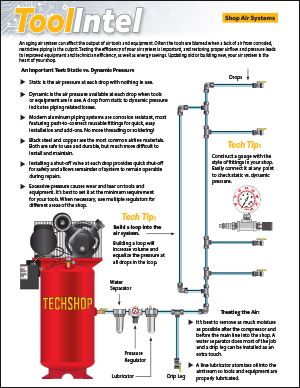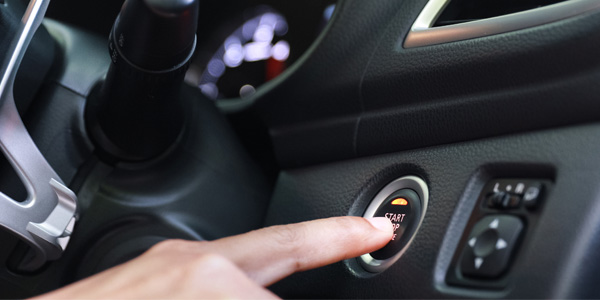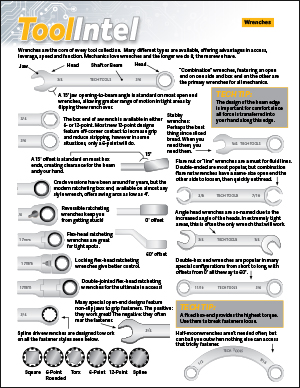Automatic transmissions and transaxles fall into two categories: mechanical and electronic. Older vehicles with mechanical automatics use engine speed, throttle cables, governors and valves to shift gears. Newer vehicles with electronic transmissions use engine RPM and sensor inputs to operate solenoids that route internal fluid pressure to shift gears. Inputs include throttle position, engine load (vacuum), vehicle speed and other sensor data, which are fed to the transmission control module (TCM) and/or powertrain control module (PCM). The transmission module may be located on the transmission, elsewhere in the engine compartment or combined with the PCM. The transmission control module may also communicate with the ABS/traction control system and modify its operation as needed.
Automatic transmissions do not have a manually operated clutch. The transmission is coupled to the engine with a torque converter. This is a fluid coupling that transfers engine torque to the transmission and multiplies torque like a set of reduction gears.
Mounted on the flywheel, the torque converter contains a three-piece set of closely spaced blades inside (the turbine, stator and impeller). As the torque converter rotates, fluid is thrown from one set of blades against the other, much like a propeller churning water. This pushes the blades connected to the transmission input shaft and planetary gears to drive the vehicle down the road. Most torque converters have a lockup clutch that physically couples the engine and transmission in higher gears to eliminate slippage for improved fuel economy. The lockup clutch is engaged hydraulically and controlled by an electronic solenoid valve.
The torque converter holds approximately one-third of the total fluid required by the transmission. A bad torque converter will prevent the engine from accelerating normally and may cause the engine to stall when the vehicle comes to a halt.
Troubleshooting automatic transmission problems requires a scan tool to access diagnostic trouble codes and a pressure gauge to monitor internal line pressure. If a transmission has an internal problem, it usually requires rebuilding or replacing the transmission. Most internal parts, except for gaskets, seals, filters and some control valves, are usually dealer-only parts. Related items that may be needed when replacing a transmission include motor and transmission mounts, U-joints and CV joints or halfshafts.
Most transmission failures can be traced to fluid breakdown. Automatic Transmission Fluid (ATF) lubricates the transmission and carries hydraulic pressure to shift gears and transfer engine torque inside the torque converter. ATF is a lightweight mineral oil that contains special additives and friction modifiers required for use in automatic transmissions. ATF is dyed red to distinguish it from motor oil. Over time, ATF oxidizes and breaks down. This can lead to transmission failure if the fluid is not kept clean and changed periodically.
Different transmissions require different types of ATF. Chrysler, Ford, General Motors, Honda, Nissan and many of the import vehicle manufacturers all have their own ATF specifications. Always follow the vehicle manufacturer’s recommendations because using the wrong type of ATF can cause transmission problems.
Also important is the transmission filter. The filter traps wear particles and contaminants to protect the transmission. Located inside the transmission pan, the filter should be replaced when the fluid is changed. This will also require replacing the transmission pan gasket.
Another part of the system is the ATF oil cooler. Usually located in the radiator, the short loop of pipe provides some cooling to keep ATF temperatures within safe ranges (below 300 degrees F). For towing or heavy-duty use, the installation of an aftermarket auxiliary ATF cooler is recommended.














